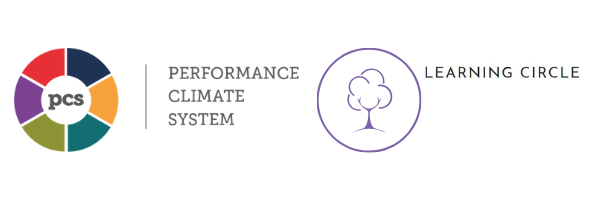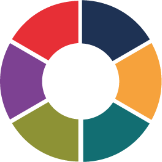By Victoria De Naeyer, Director, Learning Circle – www.learningcircle.co.uk.
The collapse of Carillion, the BHS Pensions deficit, the Patisserie Valerie accounting black hole, the VW Emissions scandal, the list could go on. A series of damaging business events, which effective corporate governance would have identified and mitigated, or even prevented altogether.
Effective governance creates the conditions for people to excel in their operational roles, without placing the organisation at risk. It does this by providing four highly interconnected elements: leadership, clarity, accountability and transparency.
The governance board provides leadership by ensuring that there is a coherent bond between vision, values, goals and strategy. They set the direction for everyone to follow, communicating to all the purpose of the organisation and how that purpose will be fulfilled. Leadership sets the ethos and tone. What tone was set by aiming to sell BHS before the pension’s liability was uncovered?
Clarity is shown by establishing clear roles and structures, making sure you have the right people doing the right things in the right place at the right time. It should be underpinned by a schedule of delegation so that it is clear what decisions can be made where and that the risk to the organisation is managed at the appropriate level. Everyone should know how they contribute to the purpose of the organisation. Did Patisserie Valerie delegate risk to the appropriate levels and appreciate the implications of doing so?
Accountability creates a constructive tension between enabling and preventing. Clarity of roles empowers people with ownership of their decisions and actions. Accountability empowers people with the responsibility of the outcomes of their decisions and actions, holds people to the standards required by the organisation to fulfil its purpose. Where was the accountability for the VW emissions scandal? Did the board really not know what the engineers were doing?
Transparency demonstrates that there is an integrity to how an organisation is run to deliver outcomes and meet its obligations. It gives staff confidence in leadership and the organisation as a whole. It gives external stakeholders the confidence in the organisation to meet its statutory and ethical obligations. Where was the transparency in Patisserie Valerie’s “secret overdrafts”?
To be effective in these four areas, a governance board needs to be able to create the right environment for open and robust discussion. They need to be able to build an open and trusting climate, enabling them to explore different ideas, encourage a range of differing viewpoints, and not shy away from uncomfortable issues.
All governance boards set out to do these things, but only the best get it right. They are the ones who operate as a truly cohesive team. They have a highly developed sense of self awareness. They regularly review their own performance, self-evaluate against benchmarks and external measures, and plan improvements based on tangible evidence.
PCS delivers an effective, ongoing self-evaluation for governance boards. It directly measures governance elements such as clarity of vision and of goals, team balance, structure and roles. It provides information in support of key attributes of robust governance boards, such as openness to change, connection and communication; Attributes without which the board would struggle to ask the difficult questions, to hold themselves and others to account and to discharge their statutory and moral responsibilities.
PCS provides periodic measurement so that governance boards can plan development strategies and evidence improved performance over time. It supports succession planning and provides an early warning system for performance issues.
For highly proficient governance boards, such self-evaluation is not just desirable, it is an imperative.
To find out how PCS could help your business please contact us at info@performanceclimatesystem.com or call 01395 233 040



